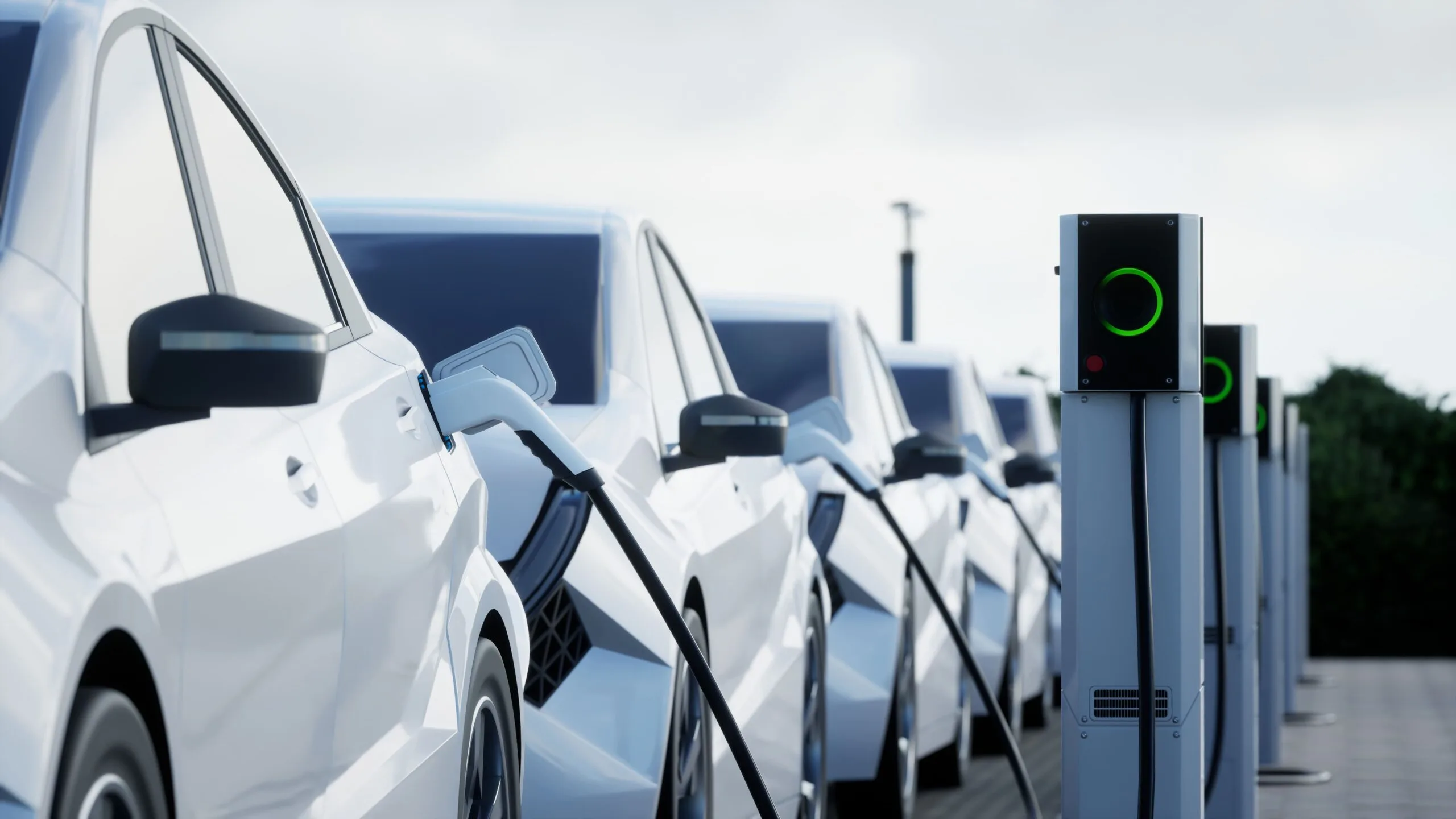Electric vehicles (EVs) are often seen as the future of sustainable transportation. However, a growing body of research suggests that the environmental benefits of EVs are highly dependent on how the electricity that powers them is generated. In countries like Indonesia, where fossil fuels still dominate the energy mix, the shift to EVs could ironically lead to higher carbon emissions unless matched by a simultaneous push for renewable energy.
The Myth of Zero-Emission Vehicles
Electric vehicles are often marketed as “zero-emission,” which refers to the absence of tailpipe emissions. While this is technically true, the full environmental impact must include the source of the electricity used to charge EVs. If the energy comes from coal-fired power plants—as is still common in many developing countries—the net carbon dioxide (CO₂) emissions from EV use can actually exceed those of traditional internal combustion engine vehicles.
A recent study conducted by researchers from the University of Auckland and Xiamen University analyzed data from 26 countries over 15 years. Their conclusion: countries with high electric vehicle adoption but fossil-fuel-heavy grids saw a net increase in CO₂ emissions. This finding challenges the widespread belief that electric mobility is automatically cleaner.
The Role of Renewable Energy in Cutting Emissions
The key to realizing the environmental promise of EVs lies in the electricity grid. In countries like New Zealand, where over 80% of electricity is sourced from renewables such as hydro and wind, EVs significantly reduce overall emissions. In contrast, Indonesia’s renewable energy contribution was only around 19.6% in 2022, largely from hydro and geothermal sources. The rest came predominantly from coal, one of the dirtiest energy sources.
For EV adoption to truly reduce emissions, renewable energy must supply at least 48% of the total electricity mix, according to the study. This means governments and energy providers must invest aggressively in solar, wind, and other clean energy projects alongside EV infrastructure.
Policy Implications for Developing Countries Like Indonesia
Indonesia has taken bold steps toward electrifying its transportation sector, with incentives for EV purchases and policies promoting domestic battery production. However, without a clear and urgent plan to decarbonize its energy sector, these efforts could have unintended consequences for the environment.
Here are a few policy recommendations:
- Accelerate Renewable Deployment: Expand solar and wind capacity, especially in remote regions where EV adoption is growing.
- Phase Out Coal: Implement a clear timeline to reduce dependency on coal-fired plants.
- Grid Modernization: Invest in smart grid technology to integrate renewable energy efficiently.
- Public Awareness: Educate consumers that switching to an EV is not enough—they must advocate for clean energy too.
Without this dual transition, electric vehicle emissions could undermine national climate goals.
Global Comparisons and Lessons Learned
Other nations provide valuable lessons. Norway, a global leader in EV adoption, combines this with a nearly 100% renewable electricity grid, mostly from hydroelectric power. The result is a dramatic drop in per capita transport emissions.
China, while leading in EV manufacturing and sales, still relies heavily on coal for electricity. As a result, its carbon reductions from EVs are not as significant as expected, reinforcing the findings from the Auckland-Xiamen study.
The United States presents a mixed picture. States like California, with substantial renewable energy investment, see real emissions reductions from EVs. Others, relying on coal, do not.
These examples show that electric vehicle emissions are not just about the vehicle—it’s about the system.
Conclusion - A Green Transition Needs More Than Just EVs
Electric vehicles are not a silver bullet. Without clean energy powering the grid, EVs risk becoming another greenwashing tool. While their adoption is a necessary step in decarbonizing transportation, it must be part of a broader strategy that includes renewable energy investment, power grid upgrades, and public engagement.
For Indonesia and similar countries, the message is clear: build the renewable backbone first, or risk turning an environmental solution into a new emissions problem.
Read More






 Tuesday, 06-01-26
Tuesday, 06-01-26







